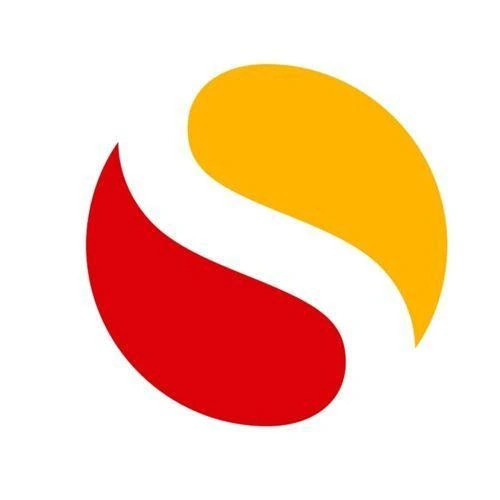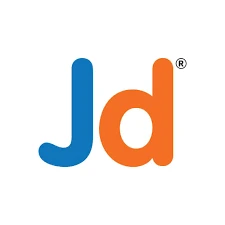|| Graphic Design Certification Course
A comprehensive Graphic design Training course covering Adobe Illustrator, Adobe Photoshop, CorelDraw, and Adobe InDesign provides an extensive exploration of each software's unique capabilities, ensuring a well-rounded skill set for aspiring designers. The course begins with Adobe Illustrator, focusing on vector-based design principles where students learn to create scalable graphics, including logos, icons, and complex illustrations. Key skills include mastering vector shapes and paths, typography, color application, effects, and detailed illustration techniques. The Photoshop segment delves into raster graphics and image manipulation, equipping students with advanced photo editing, retouching, compositing, and digital painting skills. They learn to work with layers and masks, adjustment layers, filters, selections, and digital painting tools for creating and enhancing images.
CorelDraw training emphasizes efficiency in vector graphic design, teaching students to create professional layouts, technical drawings, and illustrations with robust tools for vector drawing, page layout, color management, advanced text handling, and interactive effects. Finally, the InDesign module focuses on layout design for print and digital media, instructing students on creating polished publications with document setup, advanced typography, image and graphics handling, interactive document design, and ensuring print-ready documents with preflighting and exporting techniques. This detailed curriculum ensures that students not only acquire the technical skills needed to use each software effectively but also understand the design principles and best practices for creating professional-grade graphic design projects across various media platforms.
At the undergraduate, graduate, and doctorate levels, candidates can pursue graphic design courses at different course levels. Additionally, there are graphic design courses at the certification and diploma levels. After Class 12, undergraduate studies in graphic design can be undertaken. On the other hand, after graduating, postgraduate-level Graphic Design courses can be taken in the same or similar subjects. Whether you're a beginner or looking to enhance your skills, join us on a journey to become a proficient and versatile graphic designer."
Please contact the nearest BIT training institute or send an email to inquiry@bitbaroda.com with any additional questions you may have regarding our Graphic Design training course. We offer a free demo by calling us at +91-9328994901. We offer top-notch Graphic Design Training in Vadodara-Sayajigunj, Vadodara - Waghodia Road, Vadodara - Manjalpur, Ahmedabad, Anand, and Nadiad.



 4.8 (21,636) reviews
4.8 (21,636) reviews


 Read more
Read more 
